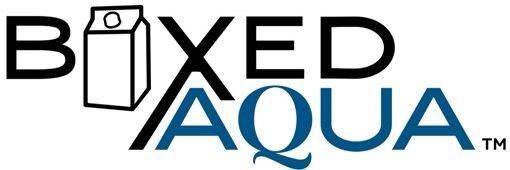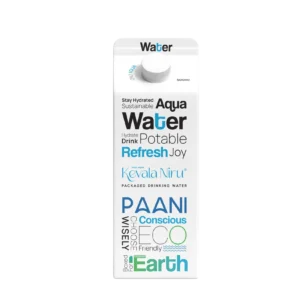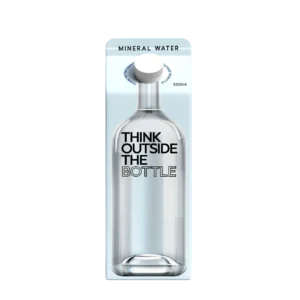FSSAI DECLARES PACKAGED WATER AS ‘HIGH-RISK FOOD’
● In December 2024, the Food Safety and Standards Authority of India (FSSAI) categorised packaged drinking water and mineral water as a ‘High-Risk Food Category’ for stricter quality control. ‘High-Risk Food Category’ includes foods prone to contamination and health risks, requiring strict regulations and frequent inspections for consumer safety. Examples include dairy, meat, seafood, infant foods, ready-to-eat foods, and now, packaged water.
● Now, manufacturers must undergo annual facility inspections and thirdparty food safety audits approved by FSSAI. This move aims to enhance quality standards and reduce health risks associated with packaged water production.
‘DRINK WATER FROM GLASS OR STAINLESS STEEL CONTAINERS’
● In a study published in 2024 in the journal Proceedings of the National Academy of Sciences, researchers found 10 to 100 times more bits of plastic than previously estimated – majorly nanoplastic (Plastic bits so tiny, they’re invisible even under a microscope), in bottled water.
● 1 litre of bottled water contained an average of 240,000 plastic particles from seven types of plastics, 90% of which were identified as nanoplastics and the rest, microplastics.
● The study states that nanoplastic can travel through the tissues of the digestive tract or lungs and enter the bloodstream, distributing harmful chemicals in the body.
● Commenting on the study, Dr Sherri Mason, director of sustainability at Penn State Behrend, Pennsylvania, told CNN, “The findings (of the study) reinforce long-held expert advice to drink tap water from glass or stainless steel containers to reduce exposure. This advice extends to other foods and drinks packaged in plastic as well.”
ARE THERE HEALTH BENEFITS OF BOTTLED WATER?
Today, packaged water comes in various forms – mineral water, alkaline and black alkaline water, flavoured water, etc., each marketed with distinct health benefits. However, experts caution that scientific evidence supporting their benefits is limited.
Tanya Sahni, a nutritionist and an entrepreneur, warns, “Most of it is a marketing tactic. While some brands do contain minerals or come from natural sources, their benefits rarely surpass those of clean, regular water.”
Similarly, Shalu Nijhawan, a holistic nutritionist, highlights how premium branding often misleads consumers, stating, “Labels like ‘Himalayan water’ or ‘pure mineral water’ are often just marketing gimmicks. Most of this water is processed and repackaged. Always check for FSSAI certification and credible labelling.”
MITIGATE THE RISK
● Carry your own water bottle/ metal or paper glasses that can be refille
● If you buy bottled water, opt for glass bottles
● If you can’t avoid buying plastic-bottled water, at least ensure it is BPA-free
● Plastic bottled water should be kept away from high temperatures, as BPA, a chemical commonly found in these bottles, enters the water, especially in heated temperatures. BPA is linked to health risks like cancer, diabetes, and heart problems.
(Suggested by Anushree Sharma, a dietician)
ALTERNATIVES TO PLASTIC BOTTLES
To reduce the health and environmental risks plastic bottled water pose, brands must look for packaging alternatives like:
● Glass
● Aluminum cans
● Tetra packs
● Stainless steel
● Biodegradable bottles
● Bamboo bottles
Source: Timesofindia
















